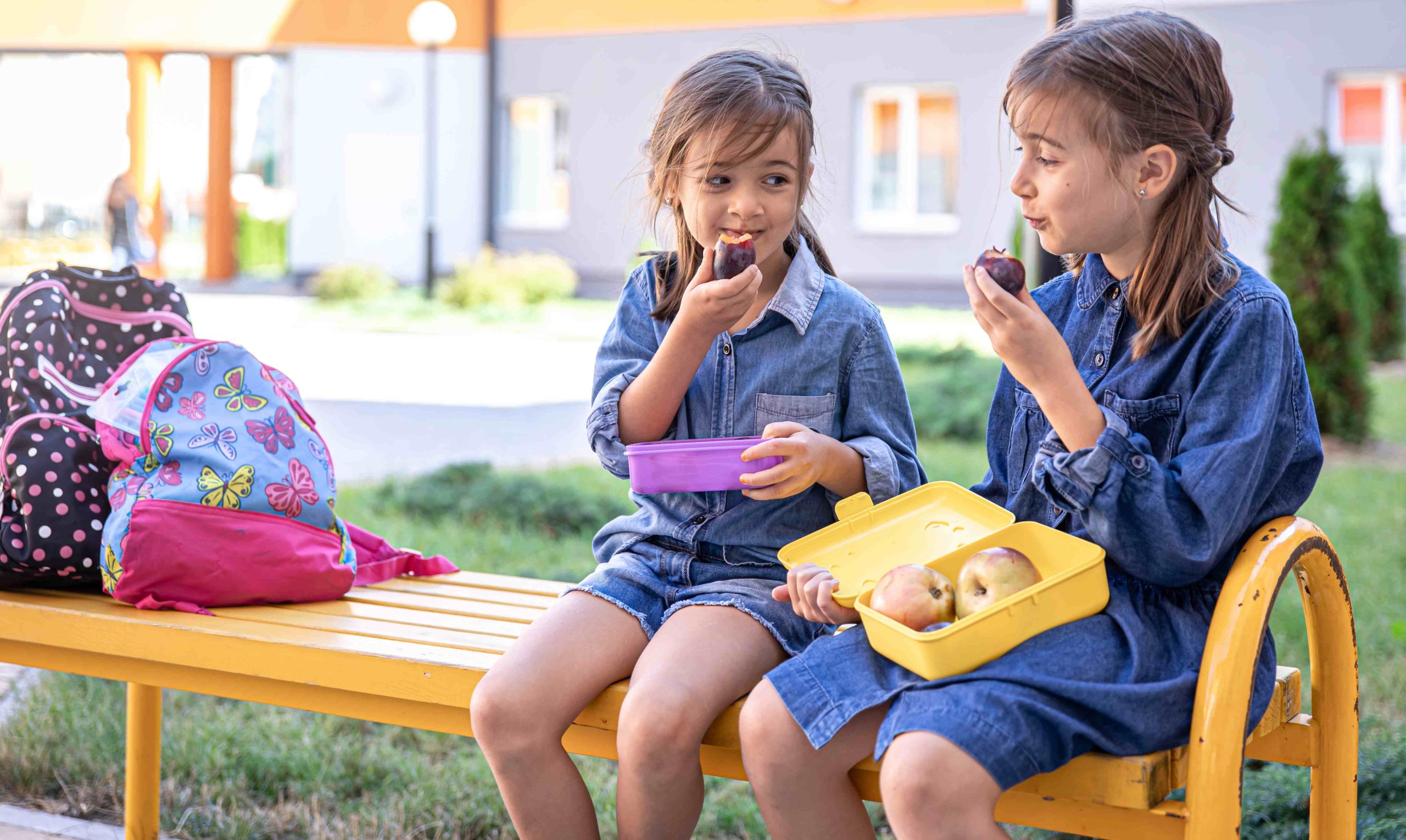
Title: Revamping Preschoolers’ Lunchtime: Introducing the Lunch Rotation System
As parents and caregivers, we understand the daily struggle of preparing healthy and enticing lunches for preschoolers. It can be challenging to strike the perfect balance between nutrition, variety, and convenience. However, fret not! In this article, we will delve into a practical and innovative solution that will transform your preschoolers’ lunchtime experience: the Lunch Rotation System. By implementing this system, you can say goodbye to lunchtime monotony and embrace a world of creativity and deliciousness. So, let’s explore some good ideas for preschoolers’ lunches and uncover the wonders of the Lunch Rotation System.
The Importance of a Healthy Lunch
Preschoolers have unique nutritional needs as they grow and develop rapidly. A balanced and nutritious lunch provides them with the energy and nutrients necessary for optimal growth and cognitive function. It is crucial to include a variety of food groups to ensure they receive essential vitamins, minerals, protein, healthy fats, and carbohydrates.
The Power of Variety
Introducing variety in preschoolers’ lunches is vital to keep them engaged and excited about mealtime. A diverse range of flavors, textures, and colors not only stimulates their taste buds but also encourages them to explore new foods. The Lunch Rotation System offers an excellent opportunity to incorporate different ingredients and recipes, preventing boredom and fostering a healthy relationship with food.
Building a Lunch Rotation Menu
Creating a lunch rotation menu is an exciting process that involves planning and creativity. Here are some ideas to help you get started:
- Wraps and Sandwiches: Experiment with a range of whole-grain bread, tortilla wraps, or pita pockets. Fill them with nutritious ingredients such as lean proteins (chicken, turkey, or tofu), crunchy vegetables, and spreads like hummus or mashed avocado.
- Bento Boxes: Divide lunch into compartments and include an assortment of bite-sized goodies. Consider including fruits, vegetables, cheese cubes, boiled eggs, whole-grain crackers, and a small portion of protein like grilled chicken or fish.
- Salad Bowls: Preschoolers can enjoy colorful and appetizing salads too! Combine leafy greens, cherry tomatoes, cucumbers, bell peppers, and add a protein source like grilled shrimp or chickpeas. Pack a simple dressing separately to avoid sogginess.
- Mini Quiches and Frittatas: Whip up delicious and nutritious mini quiches or frittatas using eggs, vegetables, and a sprinkle of cheese. Bake them in muffin tins for perfect portion sizes.
- Pasta Delights: Prepare pasta salads or cold pasta dishes with a variety of vegetables and a protein source like diced chicken or edamame. Use whole-grain or vegetable-based pasta for added nutrition.
Engaging Preschoolers in the Lunch Process
Involving preschoolers in the lunch-making process can pique their interest and encourage healthier eating habits. Here are some tips to engage them:
- Create a Lunch Prep Station: Designate a child-friendly area where preschoolers can assemble their own lunches. Provide age-appropriate utensils, cutting tools (under supervision), and a variety of ingredients. Encourage them to choose items from different food groups, fostering independence and decision-making skills.
- Get Creative with Shapes: Use cookie cutters to transform sandwiches, fruits, and vegetables into fun and appealing shapes. Encourage preschoolers to participate in this process, sparking their creativity and making lunchtime more enjoyable.
- Let Them Decorate: Provide small containers of healthy toppings, such as shredded cheese, diced vegetables, or nuts, and let preschoolers add their own personal touches to their lunches. This not only gives them a sense of ownership but also encourages them to explore different flavors and textures.
- Storytelling Lunches: Bring storytelling into lunchtime by creating themed lunches based on your preschooler’s favorite stories or characters. Use cut-outs, food picks, or edible markers to bring the characters to life on their plates. This imaginative approach can make mealtime more exciting and interactive.
Benefits of the Lunch Rotation System
Implementing the Lunch Rotation System offers numerous benefits for both preschoolers and caregivers. Let’s explore some of these advantages:
- Nutritional Variety: The lunch rotation system ensures that preschoolers receive a wide range of nutrients from different food groups. By introducing new ingredients and recipes, preschoolers have the opportunity to explore various flavors and develop a diverse palate.
- Reduced Monotony: Monotony can lead to disinterest and reluctance towards food. With the lunch rotation system, the same meals are not repeated daily, keeping preschoolers engaged and excited about what they will find in their lunchboxes.
- Exposure to New Foods: Introducing a variety of foods through the lunch rotation system encourages preschoolers to try new ingredients and expand their culinary horizons. It helps them develop a taste for different flavors and develop a more adventurous approach to eating.
- Development of Independence: By involving preschoolers in the lunch preparation process, they gain a sense of independence and responsibility. This involvement fosters decision-making skills and empowers them to make healthy choices for their meals.
- Enhanced Creativity: The lunch rotation system sparks creativity in both preschoolers and caregivers. Trying out new recipes, experimenting with different combinations of ingredients, and presenting lunches in imaginative ways can be a fun and artistic experience for everyone involved.
Implementing the Lunch Rotation System
Here are some practical tips to successfully implement the lunch rotation system:
- Meal Planning: Devote some time each week to plan the lunch rotation menu. Take into account the nutritional balance, variety, and preferences of your preschooler. Make a shopping list to ensure you have all the necessary ingredients on hand.
- Prep Ahead: Prepping ingredients in advance can save time and make assembling lunches a breeze. Wash and chop fruits and vegetables, cook proteins, and prepare dressings or dips ahead of time.
- Storage Solutions: Invest in a variety of lunch containers, reusable snack bags, and small containers for dips and dressings. Organize your pantry and refrigerator to easily locate ingredients and avoid any last


